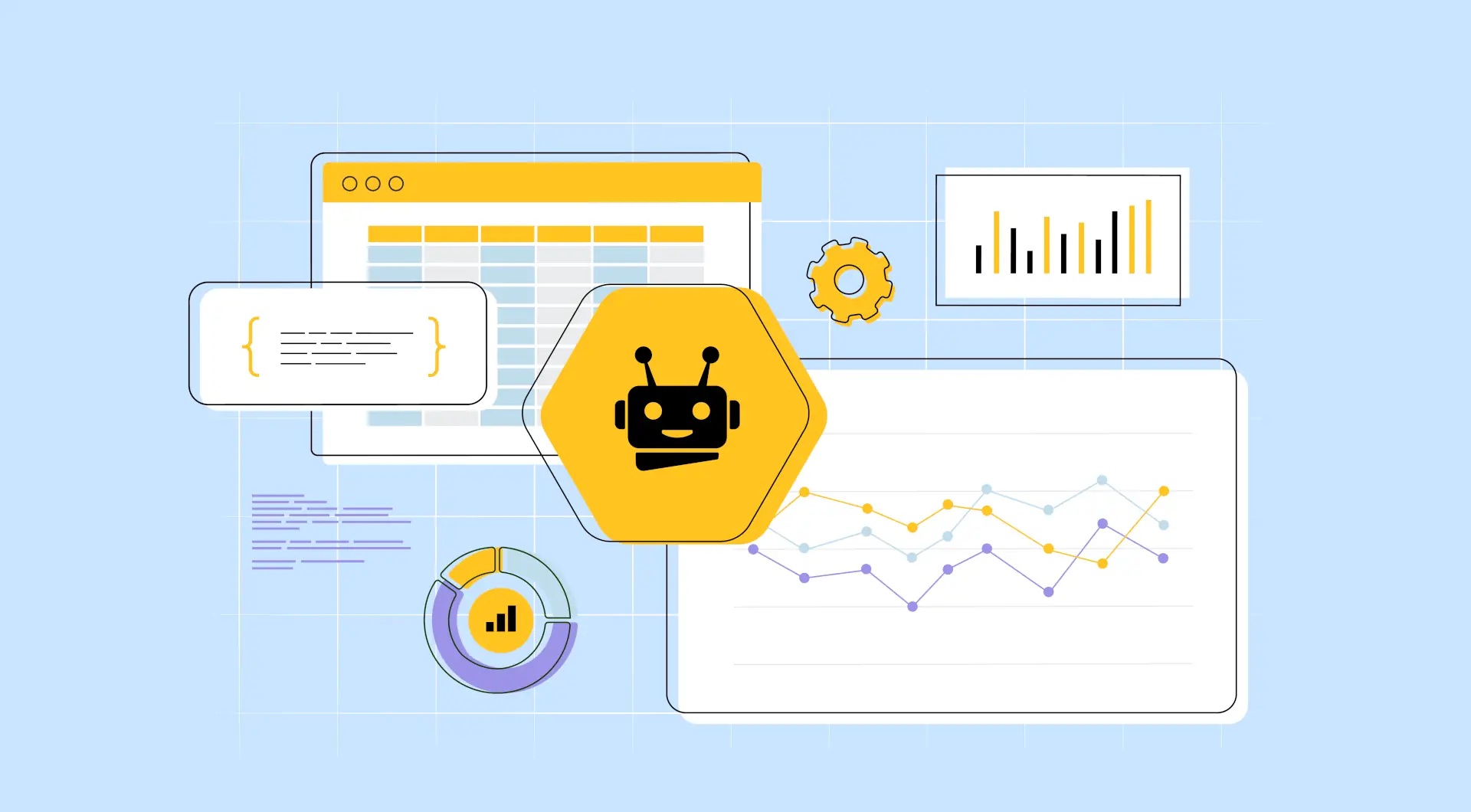Want your website to be found in the age of AI? Junkyard Dog Marketing in Dallas writes content for AIO and LLMs!
The Search Shift Is Already Here
In less than two years, artificial intelligence has redefined how people search for information. Google’s AI Overview, ChatGPT, and other large language models (LLMs) now deliver direct, conversational answers to users, which pushes traditional organic listings further down the search results page. Businesses that once enjoyed first-page rankings now face shrinking visibility. Yet the opportunity to rank has not vanished: It has evolved. Writing and optimizing content for AI-driven discovery is the new frontier, and understanding how these systems work is key to keeping your brand visible.
Your content must do more than rank; it needs to communicate clearly with machines programmed to mimic human reasoning. These systems pull from structured, authoritative sources. The question is no longer just how humans read your content, but how AI reads it as well.
Understanding AI, AIO, and LLM Optimization
When people talk about “AI optimization,” they’re referring to strategies that help content surface in AI-generated answers. Google’s AI Overview (AIO) extracts text from trusted, well-organized web pages that answer questions directly. To appear there, your content needs to meet the standards of SEO and machine readability.
LLMs (like ChatGPT, Gemini, and Copilot) are trained to understand context and intent. But when users ask real-time questions, these tools often rely on updated, retrievable data through a process called Retrieval-Augmented Generation (RAG). This means they scan web pages, schema, and structured data to pull the most relevant, current answers.
The Essentials of AIO Optimization
- Concise answers to specific questions placed near the top of the page
- Logical hierarchy with clear, descriptive subheadings
- Question-and-answer formatting that mimics how people search
- Schema markup (especially FAQ and How-To) that guides AI crawlers
- Google’s E-E-A-T framework: Experience, Expertise, Authoritativeness, and Trustworthiness
These fundamentals tell AI systems your content is reliable and user-focused.
Writing for the Machines That “Think” Like People
Content writing for machines that interpret human language requires a balance between clarity and context. Large language models don’t just scan for keywords. They analyze patterns, phrasing, and the intent behind every sentence. To ensure your content resonates with people and satisfies AI systems, focus on structure, useful and trustworthy information, and a conversational tone that makes complex information easy to interpret.
- Write for Questions, Not Just Keywords: AI Overview and LLMs thrive on intent. Instead of stuffing keywords, use natural language questions that mirror what people ask aloud. For example: “How does crawl space encapsulation work?” or “What’s the best way to repair a foundation?”
- Answer First, Explain Second: Begin with the direct answer immediately following the question, then provide supporting details. This helps AI pull the most relevant information immediately so users get their answers faster.
- Use Lists and Structured Data: Lists and tables break down complex information so AI can digest and reformat it easily. Schema markup then reinforces what each section means, increasing the odds of being cited in AI-generated summaries.
- Keep It Conversational: Though written for AI algorithms, your tone should stay human. Use clear, accessible phrasing that reflects real-world understanding rather than robotic repetition.
- Maintain Accuracy and Authority: AI prioritizes content that demonstrates expertise. Cite credible sources, attribute insights, and update pages regularly to prevent outdated information from slipping in.
How to Structure Content for AI Discovery
- Optimize Headings and Subheadings: Think of headings as signposts. Each one should summarize the key point of the section beneath it. Avoid vague titles; AI reads these for context.
- Add FAQ Sections to Every Key Page: Google currently tracks FAQ schema more consistently than other formats. This benefits SEO and increases your chances of appearing in AI Overview responses.
- Keep Freshness in Mind: AI models value current data. Regularly updating service pages, blogs, and statistics ensures retrieval-based systems recognize your content as relevant.
Why E-E-A-T Still Rules the Digital Landscape
The E-E-A-T framework remains the foundation of Google’s ranking system, and AI Overview draws from it too. Pages that reflect real experience and expertise are rewarded with visibility. Businesses should showcase credentials, include bylines for experts, and publish detailed explanations of products or services. Transparency builds human and algorithmic trust.
Smarter Content Means Smarter Results
The transition from SEO to AIO doesn’t mean starting over. It’s all about applying the same principles (clarity, structure, and authority) in a format AI understands. Think of it as teaching your website to communicate fluently with people and machines.
Your Partner in AI-Era Visibility
Junkyard Dog Marketing creates content that connects with readers and ranks in AI-driven search. Our Dallas AI content writing specialists remain informed on how large language models interpret, summarize, and cite web content, and we create content that meets those criteria. Whether you need service descriptions, blogs, or complete website updates, our experts know how to get your brand into AI Overviews and onto the digital map. Contact us today to schedule a strategy consultation and let’s create content that ranks with readers, resonates with AI, and keeps your brand visible in the age of intelligent search.




